The Egyptian Lotus Flower
In ancient Egypt, there were two main types of lotus that grew, the white, and the blue. Further to this another type, the pink lotus flower was introduced into Egypt sometime during the late period of their civilization. If one is to observe the many hieroglyphics, it is easy to see that the blue Lotus flower is the most commonly portrayed.
Nebsini with Blue Lotus
As mentioned in the introduction above about the meanings of the lotus flower, this plant is known to be associated with rebirth. This is a consequence of it supposedly retracting into the water at the night, and emerging fresh in the Sun the next day. The Egyptians, therefore, associated the lotus flower with the sun which also disappeared in the night, only to re-emerge in the morning. Therefore, the lotus came to symbolizes the Sun and creation. In many hieroglyphics works the lotus is depicted as emerging from the primordial water-bearing Sun God.
As something that is associated with rebirth, it is no surprise that the lotus flower is also associated with death, and the famous Egyptian book of the dead is known to include spells that are able to transform a person into a lotus, thus allowing for resurrection. Another interesting fact about the lotus flower's meaning to the Egyptians was the way that it was used as a symbol for the unification of the two Egyptian kingdoms, that is to say, the bonding of upper and lower Egypt. For a long time, the lotus had been used in the hieroglyphics and art of upper Egypt, whereas in lower Egypt the Papyrus plant was notably in abundance. Therefore pictures of lotus and Papyrus that had grown up together and become inter-wound with each other came to be a symbol of the bringing together of the two kingdoms.
The leaves are broadly rounded, 10–16 inches across, with a notch at the leaf stem. The flowers are 4–6 inches in diameter. It was suggested that the flowers open in the morning, rising to the surface of the water, then close and sink at dusk. In fact, the flower buds rise to the surface over a period of two to three days, open in the morning and close in the evening. The flowers and buds do not rise above the water in the morning, nor do they submerge at night. The flowers have pale bluish-white to sky-blue or mauve petals, smoothly changing to a pale yellow in the center of the flower.
Growing from the mud at the bottom of ponds and streams, the exquisite lotus flower rises above the water and is usually white or pink with fifteen or more oval, spreading petals, and a peculiar, flat seedcase at its center.
The common Egyptian “lotus” is actually correctly called a water lily: the white lotus opens at dusk, the blue water lily opens in the morning.
Nymphaea lotus, the Egyptian white lotus, is believed to be the original sacred lotus of ancient Egypt. It and the Egyptian blue lotus were often pictured in ancient Egyptian art. The blue lotus was found scattered over Tutankhamen’s body when the Pharaoh’s tomb was opened in 1922. The pure white lotus flower is the only plant to fruit and flower simultaneously.
Symbolism
The lotus is a symbol of the sun, of creation and rebirth because at night the flower closes and sinks underwater, at dawn it rises and opens again.
According to one creation myth, it was a giant lotus which first rose out of the watery chaos at the beginning of time. From this giant lotus, the sun itself rose on the first day.
One important symbolic aspect was based on the understanding of the temple as an image of the natural world as the Egyptians knew it. Lining the temple base are carvings of papyrus and lotus plants that seem to grow from water, symbolized by figures of the Nile god Hapy.
The lotus flower has been featured extensively throughout the art of ancient Egypt. In various works of art, you may see it held in the hand of a god or human, serving as a border to outline a section of the artwork, unfolding to reveal various gods or humans, and many other depictions.
It’s been used in traditional medicine for thousands of years as a natural aphrodisiac, sleep aid, and anxiety reliever. However, due to its psychoactive properties, many people wonder if it’s legal and safe to use. Historians believe it was once used in Egypt as a traditional medicine to treat an array of conditions and disorders like anxiety and insomnia.
It’s known as a hallucinogenic drug, which is a mind-altering substance believed to alter one’s consciousness in a spiritual or religious manner. The two main compounds responsible for the flower’s psychoactive and medicinal effects are apomorphine and nuciferine. Apomorphine is a psychoactive compound that acts as a dopamine agonist, meaning it can instill a happy and euphoric feeling. It may also help with muscle control in those with conditions such as Parkinson’s disease and erectile dysfunction. Nuciferine is A compound thought to act as an antipsychotic drug that induces feelings of calmness through mechanisms that aren’t yet fully understood. It has also been shown to improve symptoms of erectile dysfunction.
Consuming blue lotus flower may make you feel “high” and result in a gentle euphoria. Some people have drawn comparisons to the toxicity you experience after consuming cannabis, though this can be largely individual. The most common forms of the flower include teas, infused wine and spirits, and products to smoke or vape. You may be able to find these in specialty holistic wellness stores, vape shops, or online.
The Egyptians believed that the lotus flower gave them strength and power; remains of the flower have been found in the burial tomb of Ramesses II. Egyptian tomb paintings from around 1500 BC provide some of the earliest physical evidence of ornamental horticulture and landscape design; they depict lotus ponds surrounded by symmetrical rows of acacias and palms. In Egyptian mythology, Horus was occasionally shown in art as a naked boy with a finger in his mouth sitting on a lotus with his mother.
The lotus was one of the two earliest Egyptian capital motifs, the topmost members of a column. At that time, the motifs of importance are those based on the lotus and papyrus plants respectively, and these, with the palm tree capital, were the chief types employed by the Egyptians, until under the Ptolemies in the early dynastic period, various other river plants were also employed, and the conventional lotus capital went through various modifications. Women often wore amulets during childbirth, which depicted Heqet as a frog, sitting in a lotus.



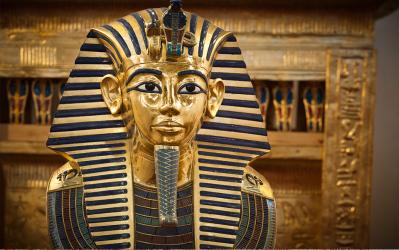
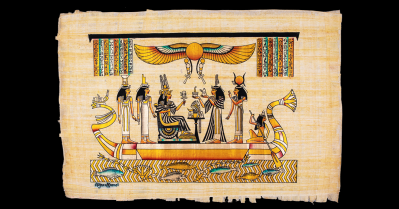
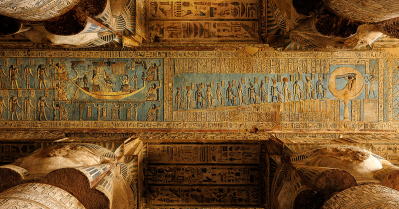
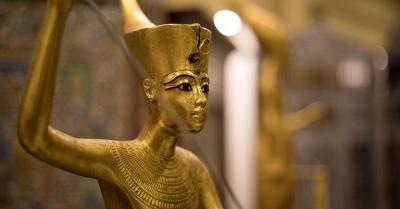
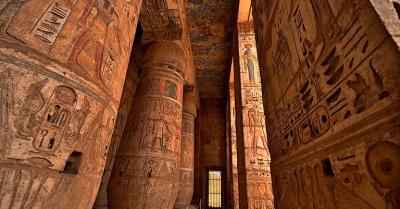
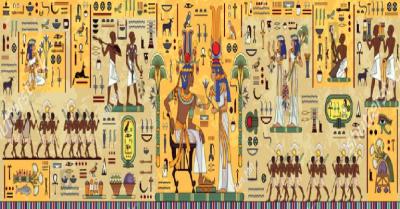
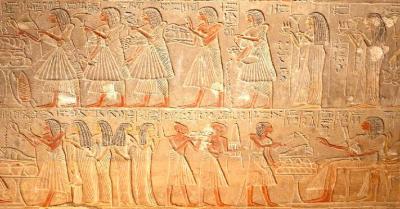
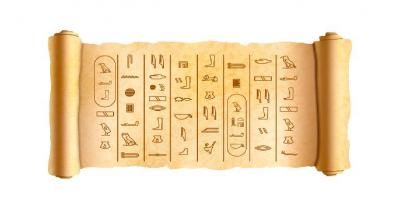

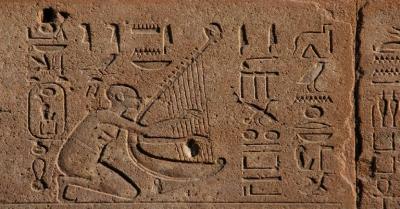

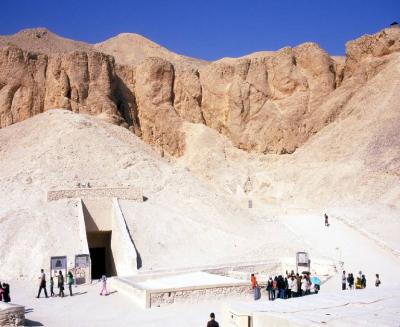

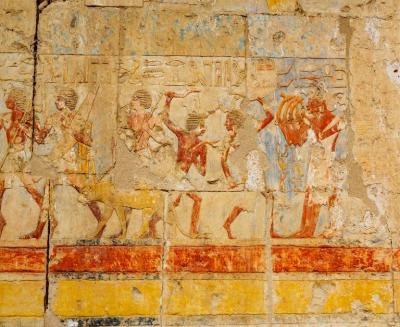
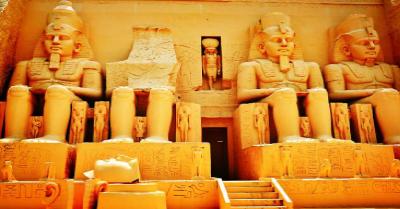
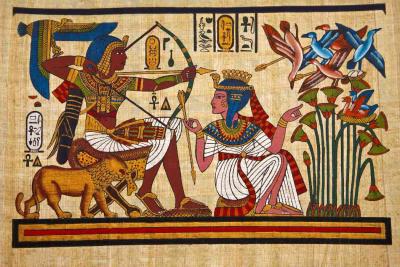
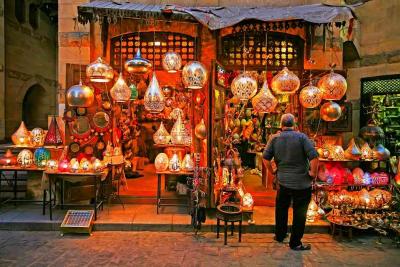
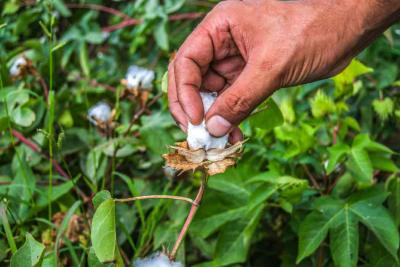


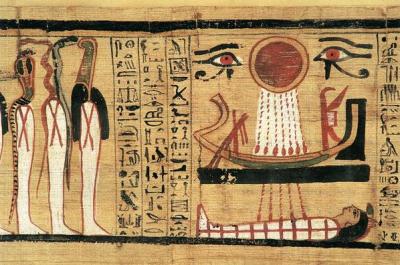

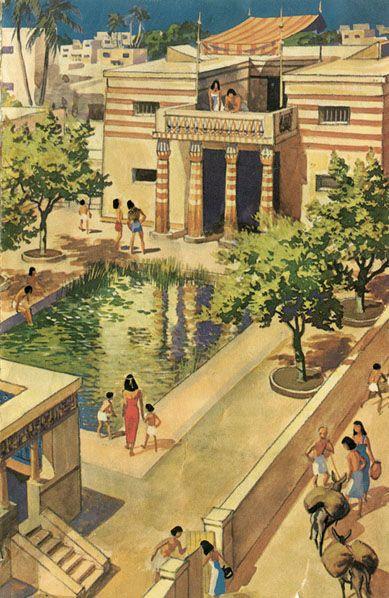
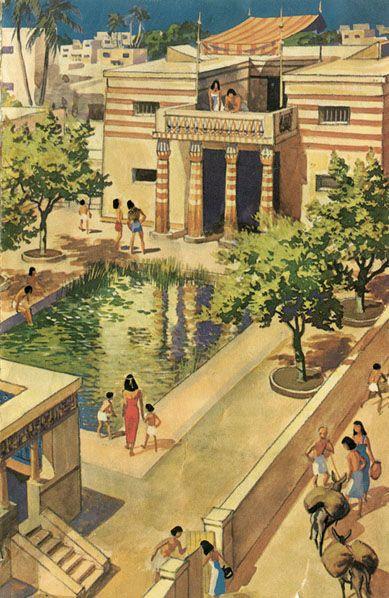
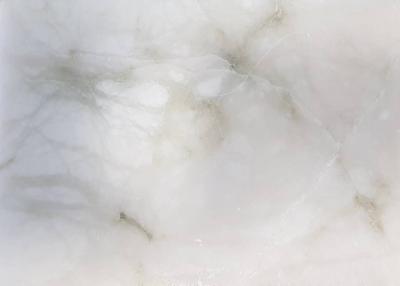
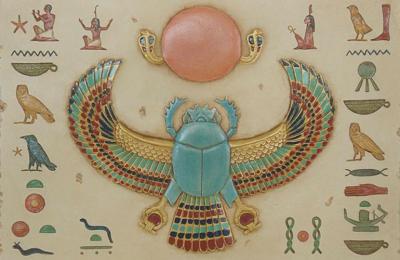
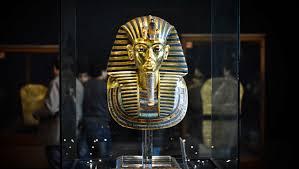
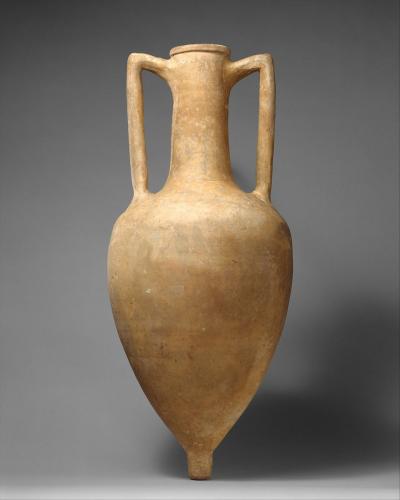
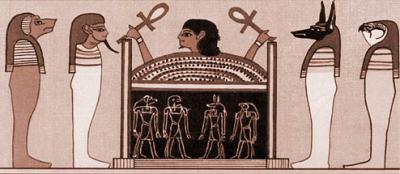
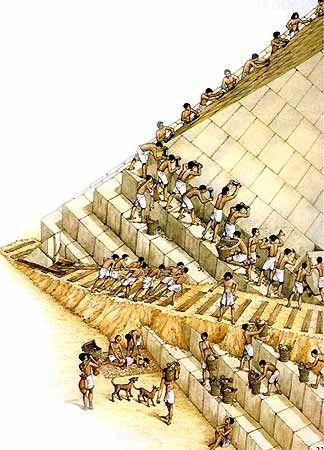

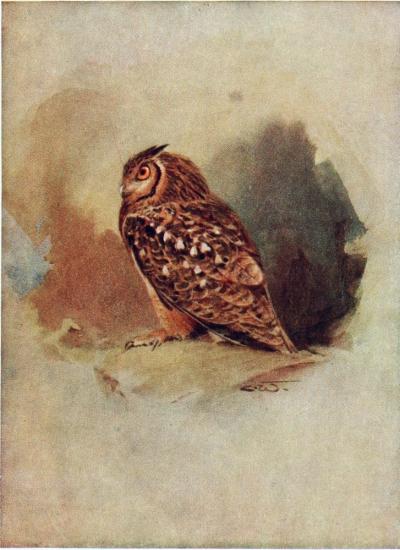

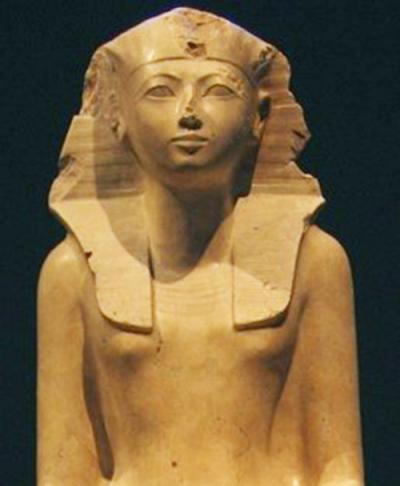



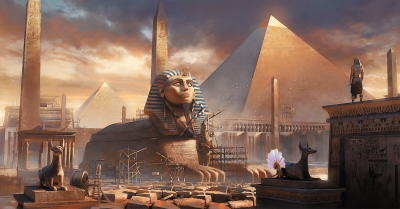
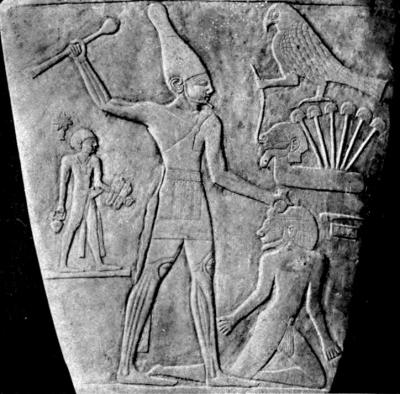



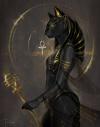




Comments